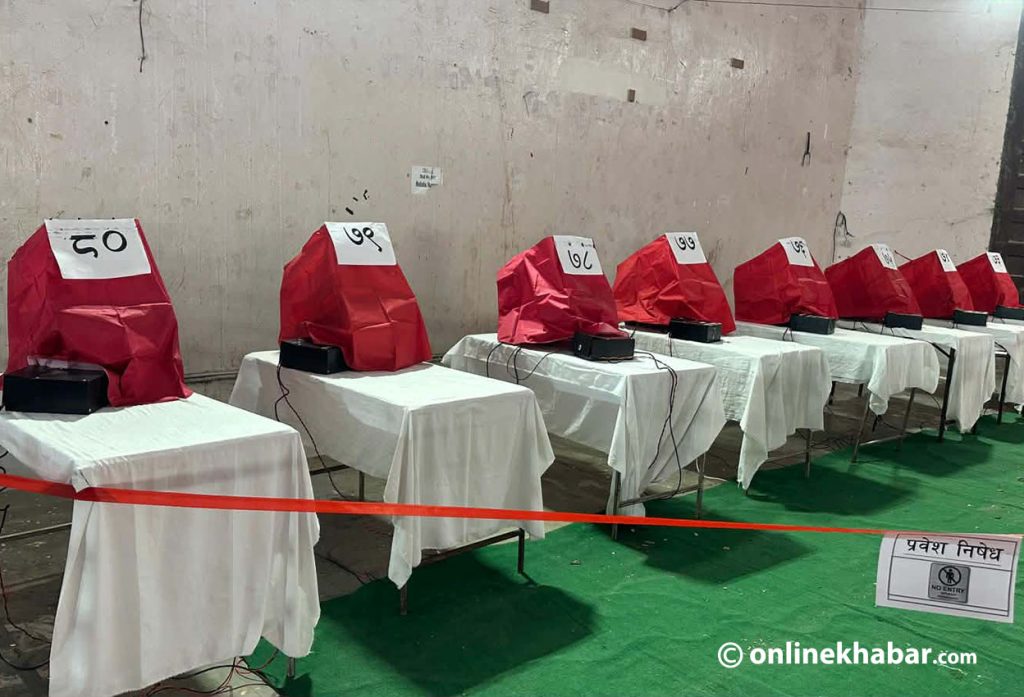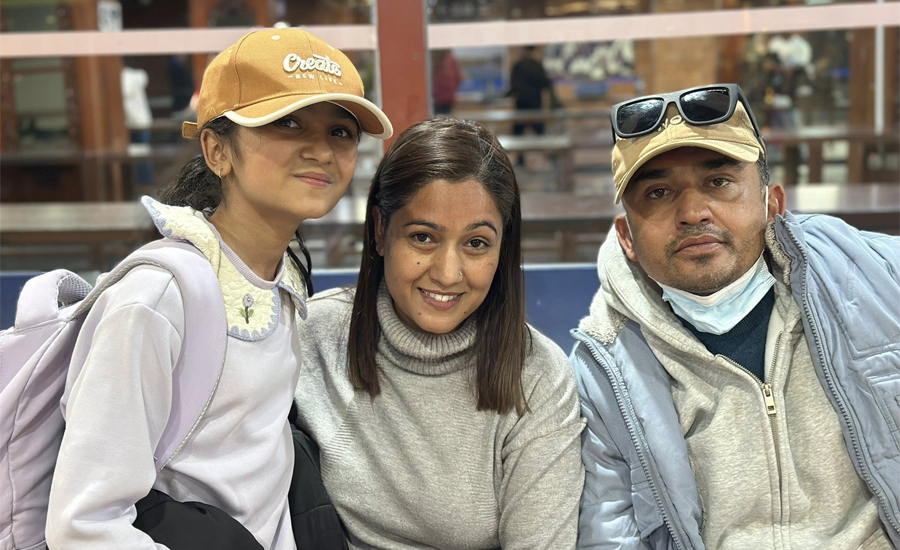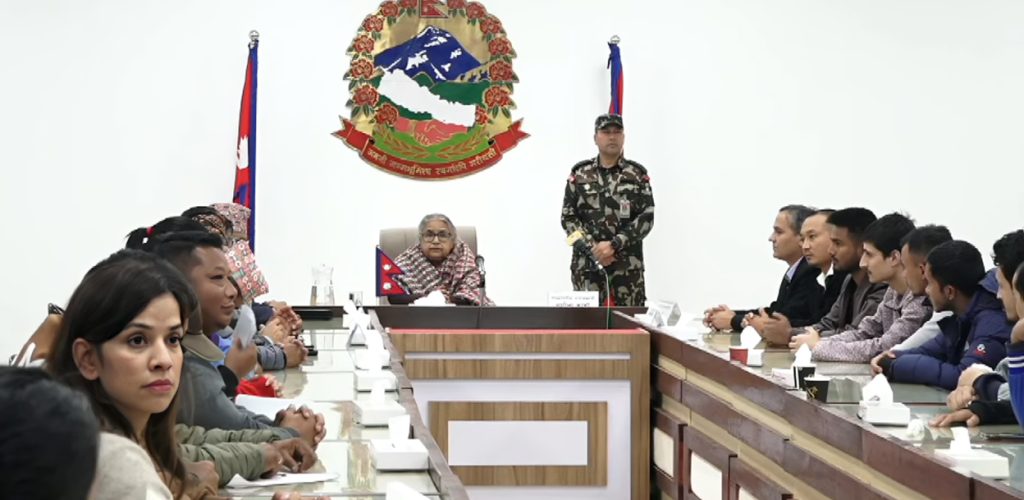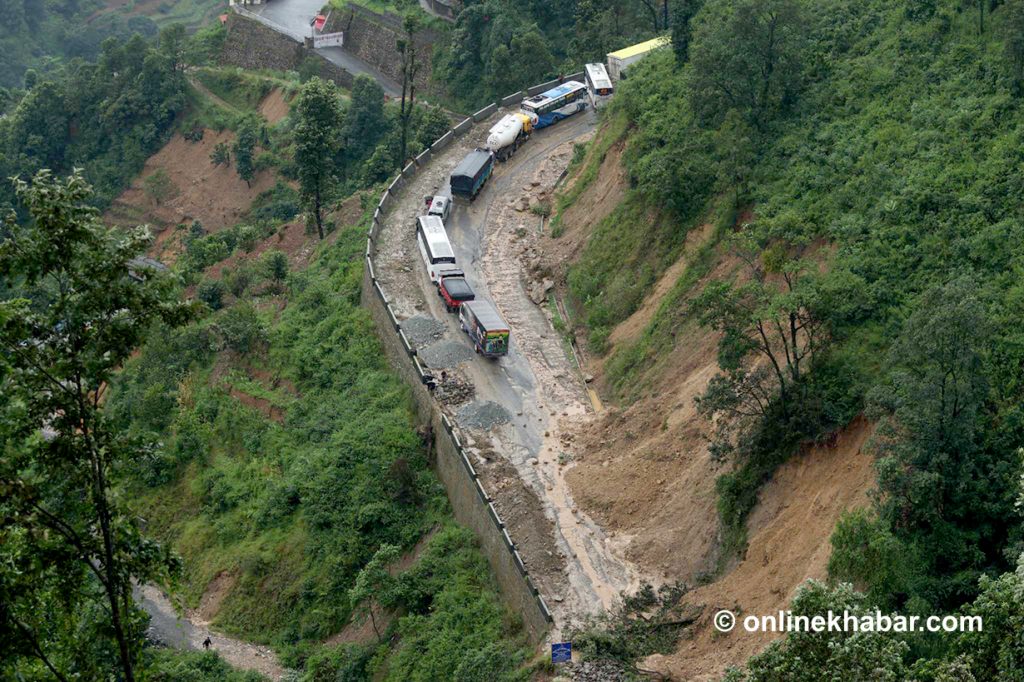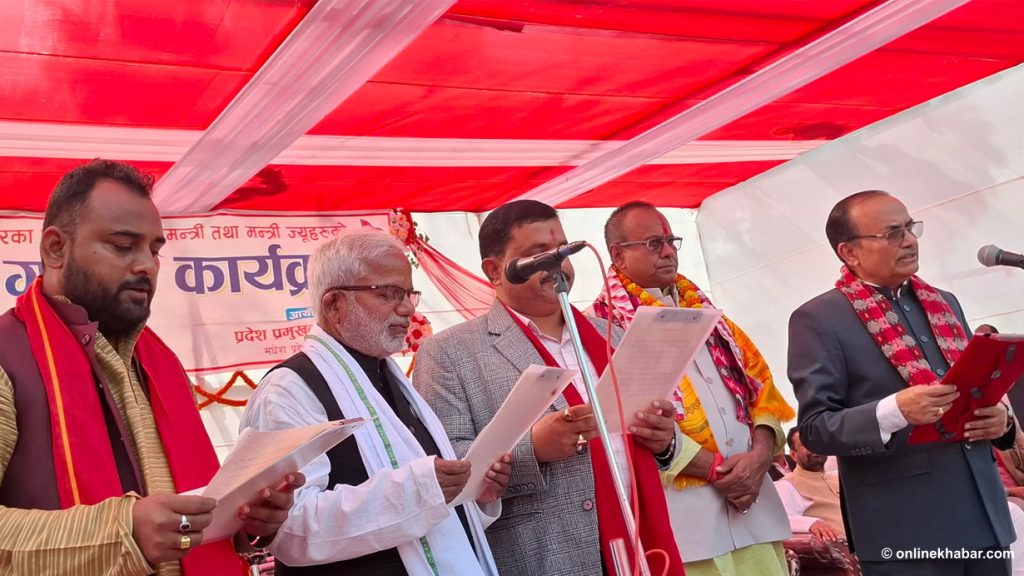On a pre-monsoon afternoon in Kathmandu, shopkeepers manning their ware at the famous Durbar Square are resting under the shade. The square, which is normally abuzz with visitors, is relatively quiet with a handful of school girls taking selfies in front of the Hanumandhokha Palace, one of the several monuments affected by the Gorkha quake last year.
While a group of wrinkled faces observe the passersby, a group of masons are laying tiles on the roof of a Malla-era temple inside the palace. Most of the masons are Tamangs from Doramba, the village whose name still sends shivers down the spines of many people.
“My fellow masons and I, we come from Doramba,” says 40-year-old Hira Bahadur Tamang, who is giving final touches to the Panchamukhi Hanuman Temple inside the Hanumandhoka Palace. Although restoration work is yet to begin at the Hanumandhoka Palace, the contractor, under whom Hira and his friends work, are continuing restoration work they began before the quake.
“So, did your home in Ramechhap get damaged by the quake?” This was the first question we asked Hira. He paused and said, “You see the temple over there? My house, which I had built with my own hands, is also in the same condition as the temple.”
“Do you feel sometimes that you are wasting your time building a temple, and not your own house?”
“No, what we are doing here is our job. Whatever we do, we need to earn a living, and that is what is important.”
Earning a decent living to send his daughter and son to school was the reason Hira and his wife decided to move to the Valley. Although he would not say it, going to Ramechhap to build his own home would hamper his kids’ studies.
Earning a decent living was not possible in his village, although he had the skills, which he acquired without any formal training, to work as a carpenter and a mason. “But work was hard to come by,” he says. “The villagers would occasionally ask me to make beds and tables, but that was it.”
“We live in a region, where it is difficult to produce grain. The only things we can grow there are millet and potatoes. That is not enough to sustain us.”
It is not that Hira does not care about his ancestral home. He says he might go back for a few days to build his house again when the government releases funds to do so. “I will go home, buy the construction material and start working on my own house,” he says. “But I don’t think we’ll get the money soon… things are a lot complicated.”
It took time for what he’d said to sink in. Before we could respond, Hira’s break was over, and he had a job to do. His family members, and the whole country, are counting on him and his mates.
(With support from: Impact Productions)





